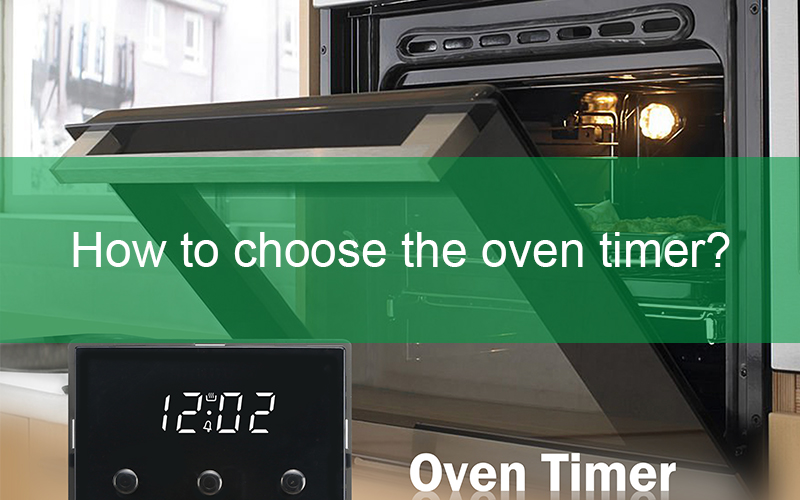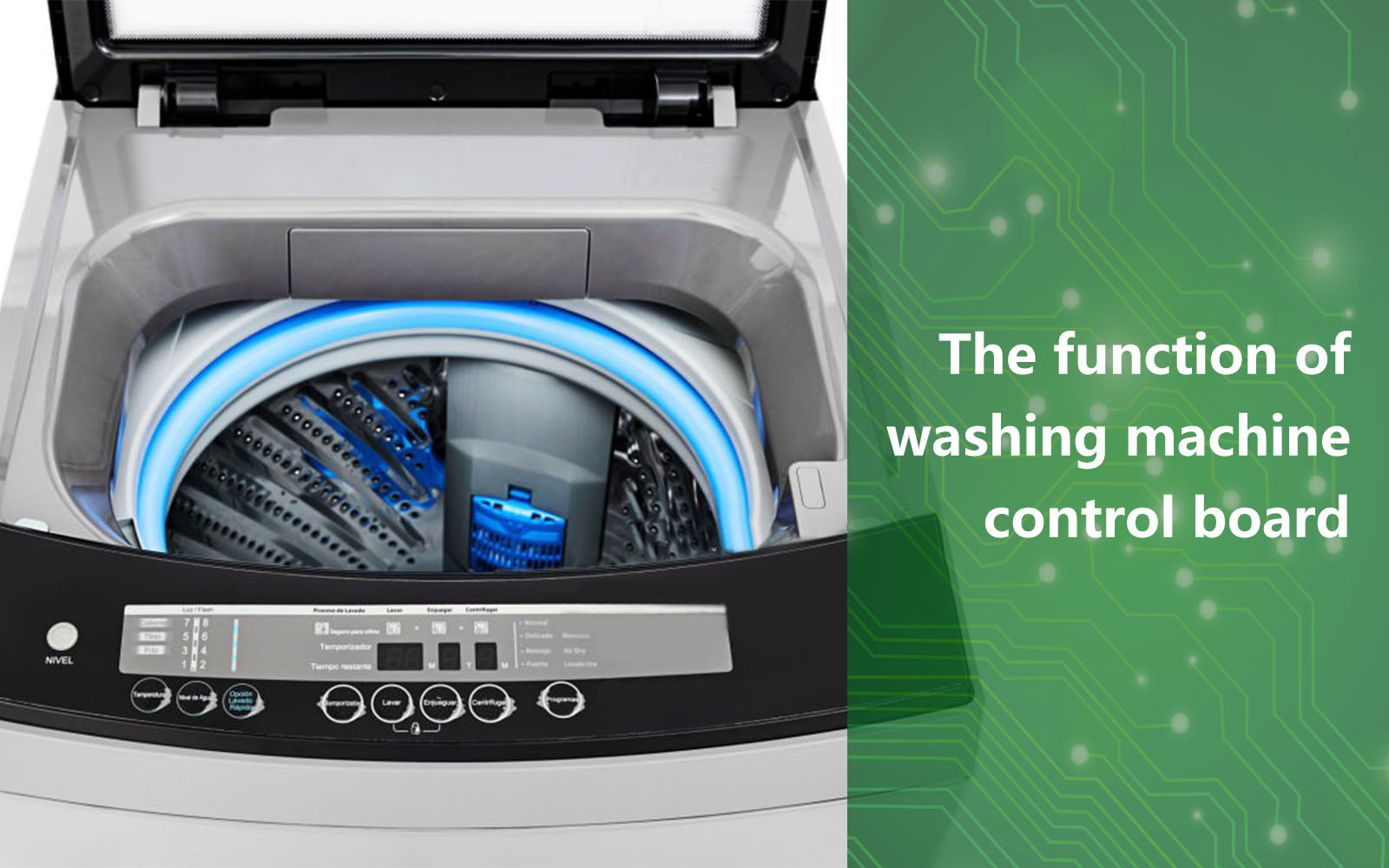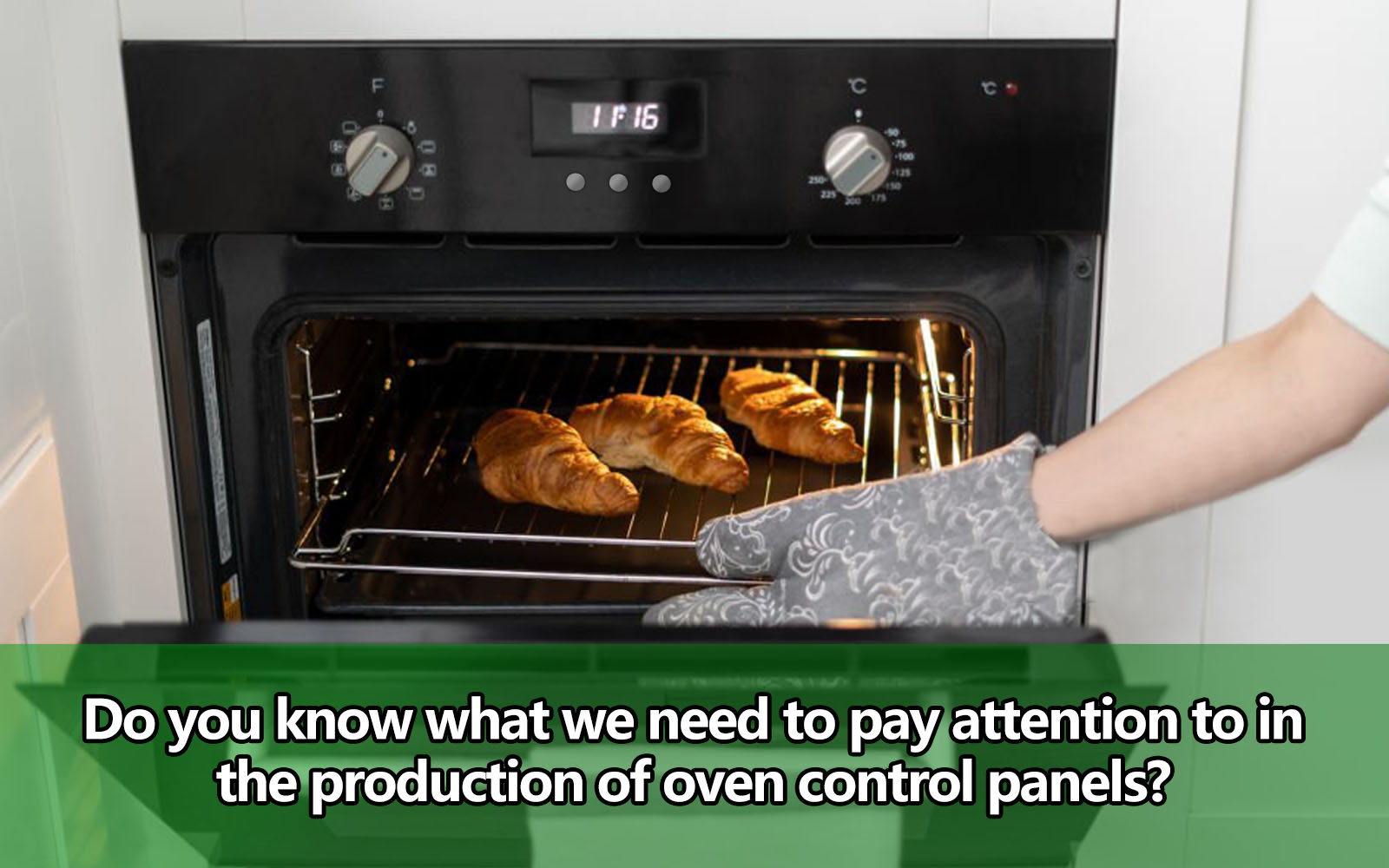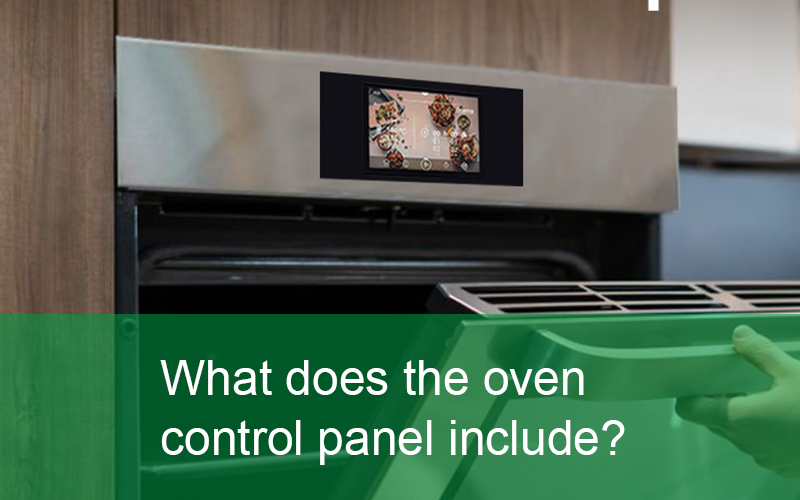Diagnosing and Fixing Faults in Oven PCB Boards: A Comprehensive Guide
Views : 168
Author : Elecontro®
Update time : 2023-11-23 17:35:33
Diagnosing and Fixing Faults in Oven PCB Boards: A Comprehensive Guide
The reliable functioning of a Printed Circuit Board (PCB) is crucial for the operation of any electronic device. Therefore, it is essential to recognize signs of PCB faults and understand when to conduct board testing. This article will highlight key aspects to be aware of regarding PCB faults.
Common Signs and Causes of PCB Faults:
Burnt Components: PCBs operating under extreme temperature conditions are prone to component burnout. Factors contributing to this include the surrounding area of the component and its shape and size. Overheating of components is a clear indication of PCB problems and can lead to complete board failure if not addressed.
Issues During PCB Component Manufacturing:
Improper component manufacturing or placement can lead to various issues. Common problems encountered include:
- Improper soldering

- Chemical leaks
- Poor interlayer connectivity
- Loose components
- Other human errors
A simple method to check for SMT component issues is through dye and pry testing, which can significantly reveal the problems and how they affect the device.
Environmental Factors:
Controlling environmental conditions is vital when assembling electronic components. Humidity, dust, heat, accidental drops, water immersion, or exposure to lightning can all contribute to PCB failures. Dirt accumulation can also lead to failures and shorten the PCB's lifespan.
Component Age:
As components age, the likelihood of circuit board failure increases. Replacing components at this stage is a necessary step.
Understanding these potential causes of PCB faults underscores the importance of printed circuit board testing. Testing can reveal issues with the board, allowing for rework and repairs based on the feedback.
What to Do If You Suspect a PCB Fault:
- If the PCB's electronic components are in place, start with a power-on test on the board.
- If the components are not installed, turn off the power and disconnect before checking the board.
- Look for obvious signs of damage, including crushed components, damaged wires, burn marks, or scratches. Scratches can damage connections, and misplaced solder can disrupt connections or even cause shorts. If such signs are present, avoid further testing and replace the damaged parts immediately.
- Open the board and check all connections with an oscilloscope for voltage issues. Probe the end of each connection to detect voltage problems.
- If a connection does not carry the expected voltage, it indicates a bad connection.
Summary:
Over time, a PCB can suffer damage that affects its functionality and, by extension, the functionality of your electronic device. Regular testing ensures the board operates correctly and allows for timely repairs. Understanding the precise issues with a PCB is key to making necessary repairs. Therefore, being aware of PCB fault issues can greatly assist in taking timely action to ensure the functionality of your device is not compromised.
Related News

How to choose the oven timer?
Apr .27.2024
The oven timer is one of the most essential tools that can be used in the kitchen to monitor cooking time. It is an important device that helps to ensure that meals are cooked to perfection.

The function of washing machine control board
Jan .30.2024
The function and sensitivity of the washing machine are mainly determined by the control board

Do you know what we need to pay attention for the production of oven control panels?
Jan .30.2024
There are several key points in the production of oven control panels that cannot be ignored




